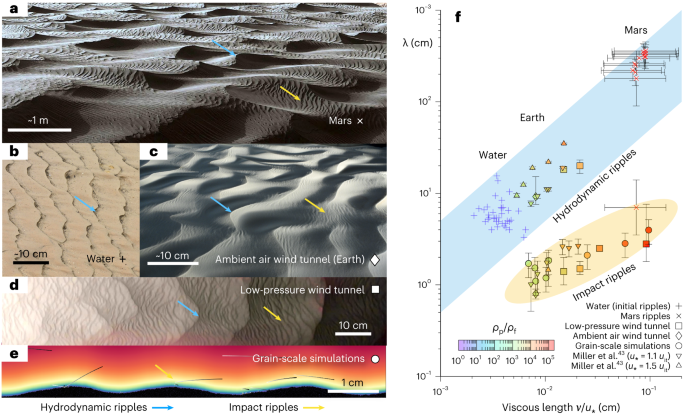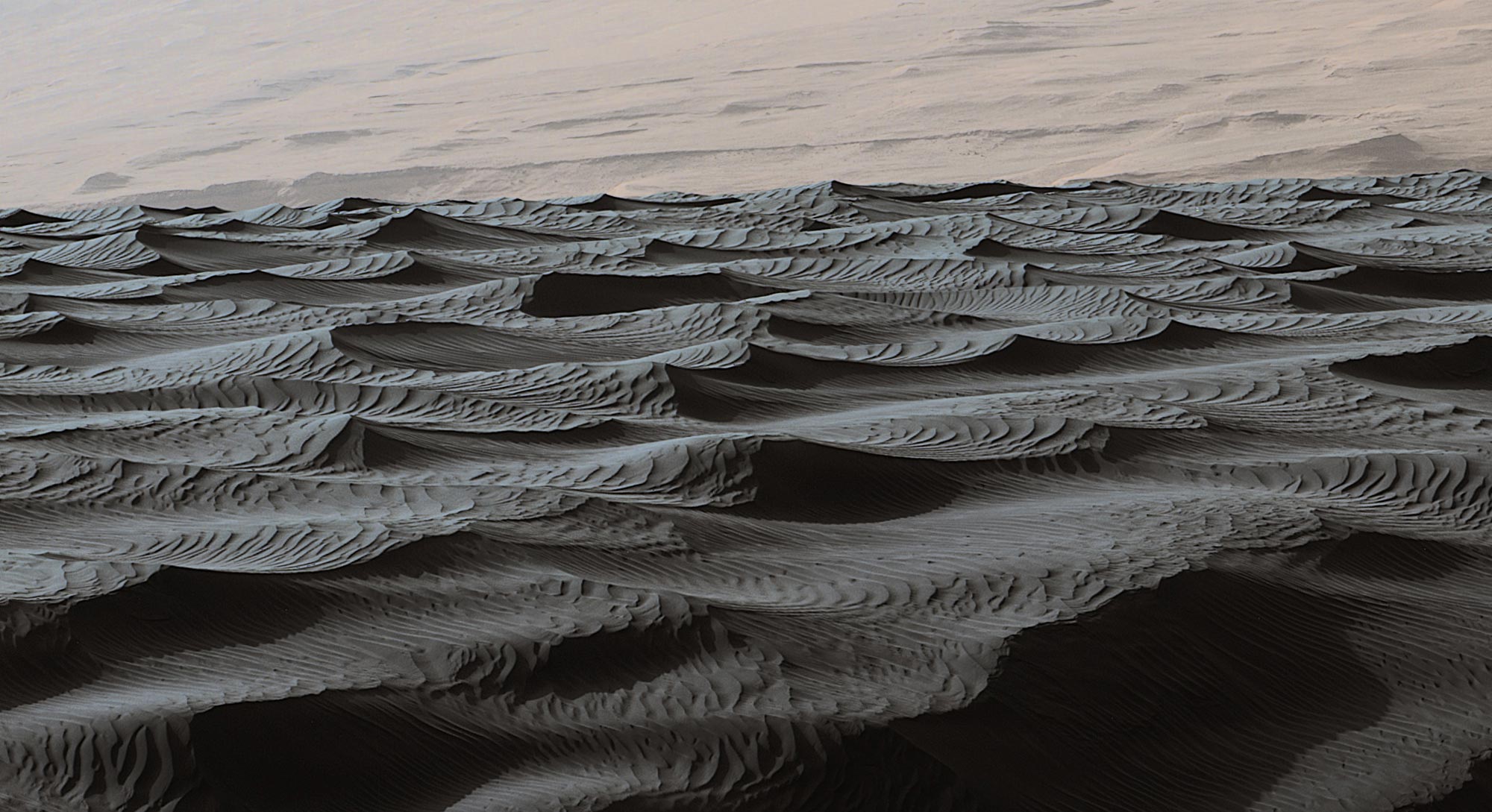A groundbreaking study conducted by physicists at Ben-Gurion University of the Negev and published in Nature Geoscience suggests that the sand ripples observed on Mars and Earth can be explained by a unified theory.

The study, which involved the collaboration of researchers from several countries, including Denmark, Germany, Italy, China and the United States, has the potential to revolutionize our understanding of these natural phenomena.
Sand ripples, often seen as symmetrical patterns, have intrigued scientists because they occur both on Earth and on the Martian surface, despite being shaped by very different environmental conditions.
The research was inspired by images taken by NASA's Curiosity rover in 2015, which revealed two distinct types of ripples on Mars: larger ripples on a meter scale and shorter ripples on a decimeter scale, called "impact".
Previously, scientists believed that these Martian formations were the product of unique physical conditions that did not exist on Earth. The larger ripples were thought to result from hydrodynamic instability, similar to underwater ripples, while the smaller ones were attributed to the impact of wind-blown particles, similar to terrestrial forms. However, this prevailing theory suggested that the processes that formed them on Mars could not directly replicate those on Earth.
Challenging this notion, the authors conducted experimental research using specialized wind tunnels at Ben-Gurion University and Aarhus University. These experiments aimed to simulate Martian conditions but, unexpectedly, indicated that such ripples could also form on Earth.
The key to their experiment was the use of small glass balls to mimic the finest Martian sand, providing new insights into the potential universality of ripple formation processes, explains SciTech Daily.

The team's proposal for a unified theoretical framework suggests that, at a fundamental level, the formation mechanisms of wind-driven sand ripples on Mars may be analogous to those created by water on Earth. This theory could bridge the gap in understanding geomorphological processes in different planetary environments.
"Much more research is needed, both in the field and experimentally, to prove our theory, but it's amazing to propose something so radically new in a field I've been studying for over 20 years," noted physicist Hezi Yizhaq, who led the research.





